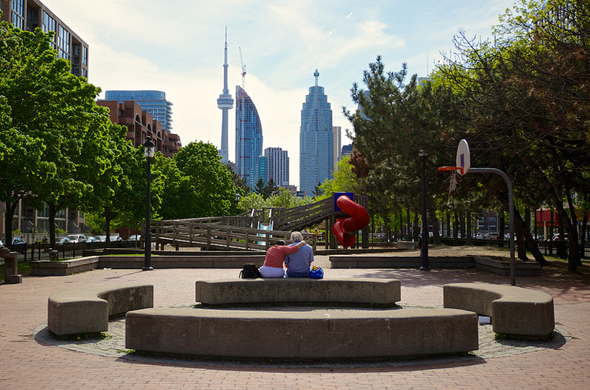Well dear friends, another year has passed at The Expatriate Mind. Since 2005 I've tried to share my immigration journey with you with all the excitement and frustration that comes along with it. Each new year seems to bring changes to the Canadian immigration landscape, and this year has been no different. I expect the changes will keep coming in 2014, with the Tories still in control, a fresh Immigration Minister excited to flex his muscles (at least those Harper allows him to), and new challenges on both the Skilled Worker and Family Class fronts.
I enjoyed Christmas in the U.S. this year, but will be back home in Canada for New Years. Two and a half years into my permanent residency and Toronto truly is the home I always hoped it would be for all the years my Love and I patiently navigated the immigration process.
I want to encourage all my readers to have faith and be patient in your own immigration journey. It's unique for each and every one of us. The best advice I can give you is to pursue your goal with honesty, and give your application the best effort you can. Help those that make these decisions understand your commitment to Canada - one you are making even before you are welcomed here. Take the time also to learn about your new country, its history and culture and prepare yourself for the day when your visa arrives.
Happy holidays and New Year to all of you. God bless your Canadian dreams!
I enjoyed Christmas in the U.S. this year, but will be back home in Canada for New Years. Two and a half years into my permanent residency and Toronto truly is the home I always hoped it would be for all the years my Love and I patiently navigated the immigration process.
I want to encourage all my readers to have faith and be patient in your own immigration journey. It's unique for each and every one of us. The best advice I can give you is to pursue your goal with honesty, and give your application the best effort you can. Help those that make these decisions understand your commitment to Canada - one you are making even before you are welcomed here. Take the time also to learn about your new country, its history and culture and prepare yourself for the day when your visa arrives.
Happy holidays and New Year to all of you. God bless your Canadian dreams!















